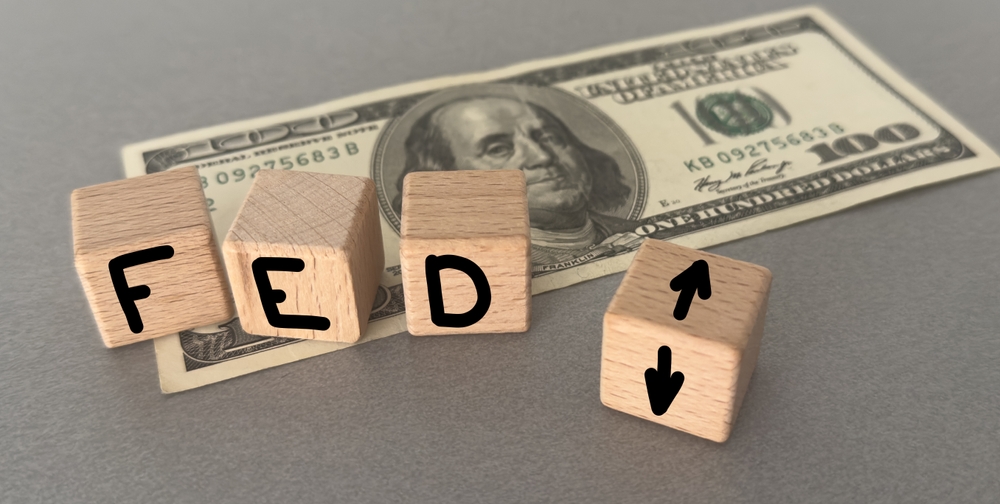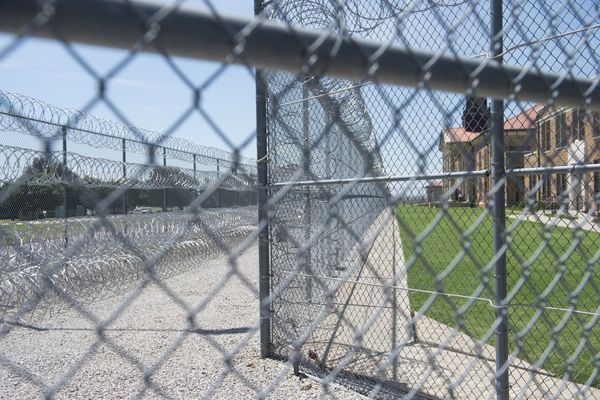
Markets and economists are increasingly betting that the Federal Reserve will cut interest rates again at its October 29 meeting, and perhaps even more before the year’s end. If that happens, anyone holding cash in checking accounts, savings, money market funds, or CDs risks earning next to nothing, or worse, losing purchasing power if inflation erodes returns. Below, we’ll look at how likely those cuts really are and explore smart moves you can make now to protect your cash reserves.
A rate cut isn’t all good news: while most consumers and businesses welcome cheaper borrowing, many retirees and income-dependent savers will see interest income from fixed-rate investments shrink. Understanding both sides of the tradeoff will help you prepare before the Fed acts.
Likelihood of Interest Rate Cuts
Minutes from September’s Fed meeting, released last week, show that most members of the rate-setting committee favor trimming rates further. The only disagreement concerned how many cuts should be made before the end of the year.
The Fed’s 19-member Open Markets Committee makes rate decisions. Of those members, 10 supported cuts at each of the two remaining 2026 meetings, while nine favored one more cut this year.
The Fed’s September rate cut was its first since December 2024.
Purpose of a Cash Reserve
Personal finance 101 says everyone should have cash set aside to access quickly in an emergency. That is your cash reserve.
A generation or two ago, people kept their cash reserve under a mattress or in a piggy bank. Today, reserves are usually kept in liquid accounts mentioned above.
Typically, checking, savings, and money market accounts pay low interest. But they are easy to access when you need cash quickly. Additionally, they are considered safe money, usually because they are insured by the FIDC.
Although you trade earning power for quick access and safety, there is no reason not to try to earn as much as possible from your cash reserve. Furthermore, it is essential to shield your cash reserve from declining rates, such as we are seeing now.
Should Seniors Have a Cash Reserve
Most discussions about having a cash reserve focus on its use to pay expenses during a job loss. As a result, many people do not see a need for a cash reserve in retirement. After all, as a retiree, you do not have a job to lose. At least not a full-time job.
However, there are a variety of reasons you should have a cash reserve in retirement, including:
- Covering Unexpected Expenses. If you are retired, you have probably learned by experience that life sometimes throws you a curveball now and then. That does not end in retirement. So, it is wise to have cash on hand to cover unexpected expenses such as medical costs, car repairs, home repairs, etc.
- Buffering Market Risk. You may have a retirement fund in addition to Social Security that has money in the stock market. As you might have heard, the market can go up and down. People who rely on income from stocks may have to sell some of those assets in a market downturn. A cash reserve can help you avoid that.
- Grabbing Opportunities. One of the great things about retirement is the freedom it offers. You do not have to punch a time clock or adhere to a dress code. There is no messin’ with the man, man. If you come across a discount on travel or an event you want to take advantage of, or just want to wander through a beautiful landscape, you can do so if you have a cash reserve.
- Peace of Mind. Money does not give you peace of mind. However, knowing you have enough to handle the situations above can relieve financial anxiety. As the Greek philosopher Epicteus said, “Wealth consists not in having great possessions, but in having few wants.”
How Much is Enough
So, how much do you need to set aside in your financial reserve? The answer will vary depending on your monthly expenses and income resources. A reserve of three to six months is usually recommended for young wage earners. However, seniors may need more.
Financial guru Suzie Orman recommends three to five years of cash reserve for retirees. She bases her high side recommendation on someone with a large stock portfolio. If the market goes south, it may take three to five years to rebound.
Other advisors are not as aggressive. Gudorf Financial, for instance, recommends one to two years of cash on hand.
Other factors to consider, besides stock market volatility, are your health and the potential for expensive home repairs. The latter is a reason more seniors are renting in retirement.
A simple formula for determining how much cash reserve you need is to figure out your monthly expenses and subtract your guaranteed income. Then multiply by the reserve period you want (12, 24, or more months), and you will have what you need for that period.
Guaranteed income is money you receive each month, come what may. Examples are social security payments, pensions, and annuities.
What to Do Now
The most popular cash reserve vehicles are savings accounts and certificates of deposit, so they will be our focus.
High-Yield Savings Accounts. Walking into your local bank may be like walking into the sitcom bar Cheers – everybody knows your name. That may give you a good feeling, but it will not help you earn more on your account. A high-yield savings account is simply a regular savings account that pays higher interest.
You will probably have to search online for high-yield savings accounts. When you do, here are a few things to look for:
- No-fee options that do not require a minimum balance.
- Make sure the FDIC insures the online bank.
- Savings bonuses. Some banks offer cash bonuses for opening an account. Before doing so, you need to read the fine print to see if there are fees or other restrictions.
Best CD Rates. Again, you will probably find the highest CD yields online. Here is what to look for:
- Be careful selecting maturities. CDs come with varying lengths of maturity from three months to five or more years. The longer the maturity, the higher the yield. However, if you have to get your money before the CD matures, you pay a penalty.
- Consider building a CD latter. This technique involves investing in several CDs of varying maturities. Most online banks require a minimum deposit of $500 to $1,000. So, if you had $1,500 to invest, you could put $500 in a three-month CD, another $500 in a six-month CD, and $500 in a one-year CD, and so on.
- Track your renewal dates—some banks auto-renew CDs. By monitoring renewal dates, you control whether they renew.
A Structured Plan
High-yield savings accounts and CD ladders are effective tools for maximizing returns on your cash reserve. However, there are other options to consider as part of a structured plan. That plan should meet emergency expenses for specific durations.
- Level one: one to six months. This is where high-yield savings accounts go. Another option is a money market account.
- Level two: six months to a year. Here is when you utilize CDs. Additionally, you can add Treasury bills to the mix at this stage.
- Level Three: one year plus. Your CD ladder can extend into this level. Additionally, you might also consider short-term bonds at this point.
What You Should Do Before the Fed Moves
As interest rates come under pressure and the Federal Reserve weighs further cuts, your cash reserves deserve a second look. High-yield savings accounts and CDs can offer a buffer, but their yields are likely to shrink rapidly once cuts hit. Now is the time to ladder maturities, lock in favorable rates where you can, and keep part of your reserve liquid. Also, don’t forget to revisit your overall allocation. Diversifying into short-term bonds, Treasuries, or dividend-paying instruments can help offset income loss. Above all, being proactive now gives you control, instead of reacting after your income has already been squeezed.
In volatile rate environments, the smart move isn’t chasing every basis point. It’s building a cash reserve strategy based on flexibility, safety, and readiness for whatever the Fed does next.







